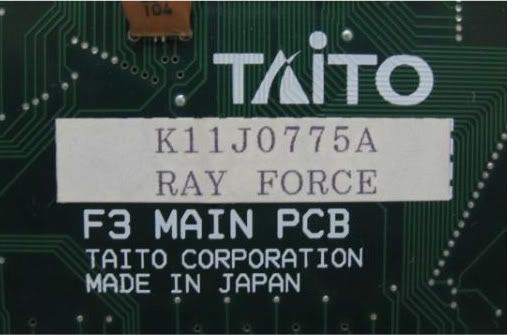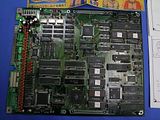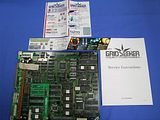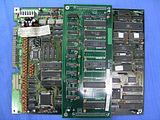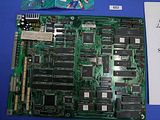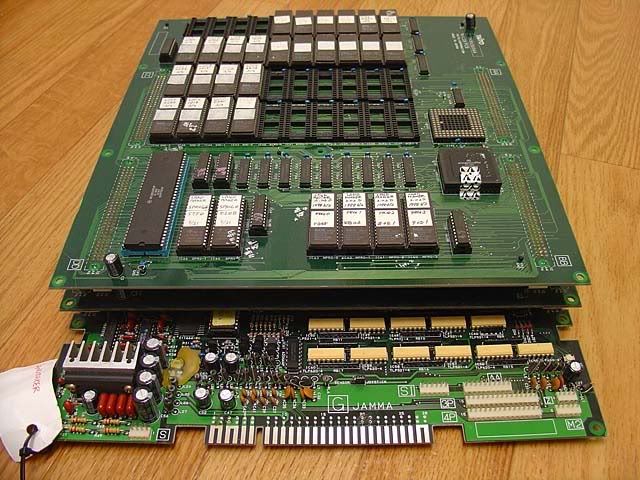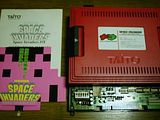
(Famitsu photo courtesy of ariesu)
In lieu of keeping alive the dream that Taito may actually let us play the real R-GEAR one day (or more realistically, when some saint finds the prototype PCB in a dumpster after Taito folds), I'd like to take you on a little trip back in time.
In October of 2005 a clip of a mysterious Ray Force looking game popped up on Hameko, a repository for game related videos. The game was supposedly titled "R-GEAR" and, although it resembled Ray Force (even had the same fonts and HUD), it had all new stage design (forest planet, new space fortress) and a 2nd ship armed with a lightning weapon like Ray Storm's R-GRAY 2.

The existence of this video begs some questions:
- Was this video intended for the public?
- Was there ever a physical prototype?

The splash text in the Hameko video featured the initials BGR. BGR (aka BGR-44) is a well known Japanese video game player, so I thought maybe Taito had him playtest whatever portion of the game was completed. After doing a bit of homework, though, it seemed the video was more promotional in nature than top secret.
According to 2 sources (1, 2), at the [1997?] Tokyo Game Show, you could purchase Ray Storm and Ray Tracers (a racing game by Taito) as a set called the "RAY-RAY Collection." Included with this set was a bonus CD-ROM aptly titled "RAY-RAY CD-ROM."
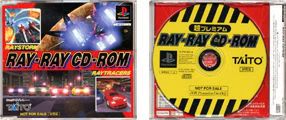
(Scan courtesy of Curious Cat)
Supposedly the CD-ROM contained the following goodies:
- Videos
- BMP wallpapers for your PC
- Sound Tests
- Polygon Model Tests
- Other development materials

(Click image)
So, what about the possibility of a prototype floating around somewhere? There was some discussion here about how development began on Taito's F3 system and then moved to their FX-1 platform (Ray Storm/G-Darius hardware) for the sake of Playstation compatibility, come the time for a home port.

This being the case, as long as the R-GEAR footage was from an actual prototype PCB and not just code running on a development PC, it then boils down to Taito's protocol regarding the archiving of prototype games. R-GEAR was probably being developed around 1994, which was still in the thick of the F3 era. This unfortunately increases the chances of the prototype PCB's ROMs being overwritten for some other F3 game in development. Even if that were the case, there's still a chance that the source code was archived.
Where does that leave us now? These are my recommendations for passing the time until the day we get to finally play R-GEAR:
- Work on that 1 credit clear of Ray Force
- Listen to plenty of Zuntata CD's
- Watch this video:

(Click image)
And I guess if you are curious enough to try and track down a RAY-RAY CD-ROM, the Catalog # is SLPM-80078. They do turn up on Yahoo Japan Auctions occasionally, but be prepared to shell out, as the last two sold for around 10,000 JPY (~$100) each.
References:
1. R-GRAY 0 info
2. Hameko dates
Links:
Possibly the biggest Ray series fan, ever: Curious Cat + her curious blog

